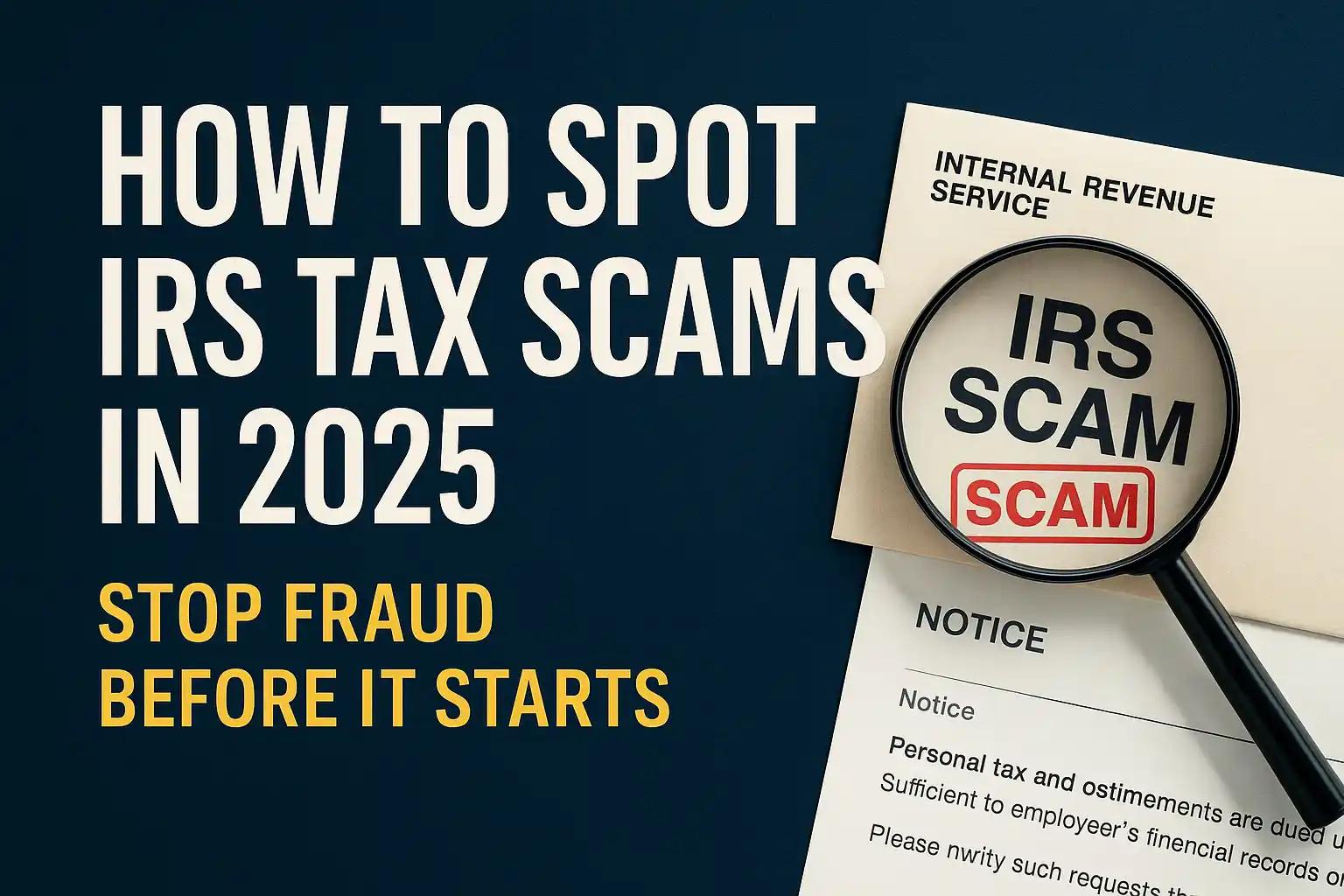Are you wondering what to do If you can’t pay your taxes by October 15th this year? Do you feel like you don’t have any options, and all is lost? Are you considering not even filing your tax return at all? The worst thing a taxpayer can do: is to do nothing at all.
Here are 9 steps taxpayers can take immediately to minimize the damage, and ways to get that debt paid off more quickly than they may realize.
Step 1. Make Sure to at Least File your Tax Returns (Fed and State): even if you owe
The penalty for not Filing your tax return by the deadline is more than the penalty for not paying! This year that deadline with extension is October 15th in 2024.
Many taxpayers don’t realize this and worry more about paying than at least filing. When a taxpayer doesn’t file, it leaves the IRS guessing and the following penalty applies.
- “Failure to File” – If a taxpayer doesn’t file their tax return when due, this penalty accrues at the rate of 5 percent (5%) per month or part of a month (to a maximum of 25%) on the amount you owe on your tax return. If you don’t owe any taxes, the penalty for not filing is zero. But don’t wait for the IRS to try and figure that out…simply file and be done with it.
So #1 on my list for taxpayers in dire straights is to always file and pay even a $100, or whatever a taxpayer can. This is critical to stop the really nasty letters from the IRS and the worst penalty. It’s better to file and at least let the IRS know what is going on rather than to leave the them ‘in the dark’.
Next, if a taxpayer at leasts files their return, disclosing to the IRS the details and what they owe, they can now utilize the Short-Term Payment Plan strategy (discussed below).
Also, by filing their tax return a taxpayer is actually reducing their chance of an audit and opening up other options to work with the IRS.
So even if a taxpayer is missing information, they should do their best to estimate their income and expenses and file…then file an amended tax return later if necessary.
I realize it’s scary to file a return owing taxes, but it’s the most important and strategic thing to do.
Step 2. Calculate the damage as best you can and how much you owe the IRS
Franklin D. Roosevelt quote regarding fear couldn’t be more important than in this situation: “the only thing we have to fear is fear itself.” What this means is that so many taxpayers are more afraid of the unknown and what the IRS may do, rather than what they can do to eliminate the fear and get the debt paid off.
However, if a taxpayer can take some courage to figure out exactly how much they owe and what their options are, they can tackle the situation head on. So by filing their tax return by October 16th the taxpayer now KNOWS how much they really owe! This is powerful information. Again, many times the ‘damage’ isn’t as bad as the taxpayer may think. The stress of ‘not knowing’ what they owe is far worse than having a figure in mind to work towards.
But don’t let me sugar coat this. An IRS debt is not going to go away, it will snowball, and the more you ignore this situation the worse it will get. Don’t listen to anyone that says if you wait long enough the IRS will give up and go away. It’s not worth it, if not rarely true.
So here’s how that IRS debt can add up quickly with penalties and interest until the balance is paid:
- “Failure to Pay” – This penalty accrues at the rate of a 1/2 a percent (.5%) per month, or part thereof, (to a maximum of 25%) on the amount of tax you owe on your return.
- “Interest” – The IRS Announced that the interest rate on any unpaid taxes in 2023 accrues at the annual rate of seven percent (7%). Not too bad compared to a credit care, but it still adds up and not to be taken lightly.
- The real problem is if you didn’t file the Extension or Don’t File by October 16th…If both the Failure to File and the Failure to Pay penalties apply in the same month(s), they are combined for a maximum penalty of 25% for the first 5 months, or part thereof. After which, the Failure to Pay penalty continues at 1/2% a percent (.05%) per month for 45 more months (for an additional 22.5%). Thus, the combined penalties can reach a total of 47.5% over time. Both of these penalties are in addition to the interest you will pay for late payment.
AGAIN NOTE: The Failure to File penalty is 5% per month and Failure to pay is a 1/2 of 1% or (.05%) per month. The IRS is much more upset when you don’t file, NOT when you don’t pay. The penalty is 10x more for not filing!!
Step 3. Pay Your State Taxes First
This may be surprising to hear because we tend to be more afraid of the IRS than a State agency, however there are several major reasons why the State should come first!
- States are typically much more aggressive in their tax collection efforts and will move more quickly to hit your credit report and lien property in their State.
- States are also less flexible to work with and have fewer options for payment plans.
- Penalties in many States are worse than the IRS penalties.
Finally, getting the State or States paid first (if you have rental property or businesses in another state), will allow a taxpayer to hyper focus on the IRS debt. It also gives the taxpayer a boost of confidence, which may not seem like much, but it’s similar to a ‘debt snowball’.
If they can get all of their other tax debts paid and out of the way, they can create an internal belief that they can dig themselves out of the hole with the IRS as well.
Step 4. Try to find some money somewhere else ASAP
I always suggest a taxpayer first try and borrow money from anyone they can. It will certainly be cheaper than paying the IRS interest and penalties over the long haul. Loans from relatives or friends are often the simplest method to pay the bill.
One advantage of a personal loan is that a taxpayer can negotiate for a lower interest rate than what the Feds are charging. The taxpayer might even be able to provide some collateral for the lender in order to get the loan, and collateral isn’t something the IRS is interested in anyway.
Also, it’s a perfect time for a taxpayer to look at all the extra ‘stuff’ in their life. Stuff they might be able to sell on Ebay or Craigslist. The taxpayer should try and look at the predicament they are in as a ‘blessing in disguise’. I always suggest it’s a time to tighten the belt, and use the situation as a wakeup call to be better organized and evaluate how they got into this mess in the first place.
And taxpayers in this situation: Don’t beat yourself up. I have had thousands of successful clients enter into an IRS payment plan at one point or another in their lives – even I’ve been on a payment plan! It’s ok. Tackle the problem head on, find the money, and make the necessary changes in life to prevent this from happening again.
Step 5. Utilize the Short-Term Payment Play (180 days)
If a taxpayer can’t pay in full immediately, they may qualify for additional time to pay. Up to 180 days under the IRS Short-Term Payment Plan provision. There’s no fee for this full payment; however, interest and any applicable penalties continue to accrue until the liability is paid in full.
There’s no paperwork, and no need to call, write or visit the IRS. Any taxpayer that owes less than $100,000 in tax, penalties, and interest automatically is approved. Simply fill out the Online Payment Agreement (OPA) on the IRS Website. This plan gives a taxpayer an extra 180 days to pay the balance in full.
Even if a taxpayer is unable to pay the lump sum full payment by the agreed-upon date, they may be able to revise their short-term payment plan to a long-term installment agreementHowever, after this time period, if the taxpayer hasn’t paid the debt in full, the IRS will implement full collection procedures.
Step 6. Long-Term Payment Plan
There are two major benefits for a taxpayer getting on an Installment Agreement: Collection procedures by the IRS are put on hold, and the Failure to Pay penalty rate is cut in half while an Installment Agreement is in effect. The usual penalty rate of 0.5 percent per month is reduced to 0.25 percent. However, remember interest continues to accrue on any unpaid taxes.
There are three types of long-term payment plans, also referred to as installment agreements,
- For taxpayers who have a total balance of less than $10,000, you’re eligible for a guaranteed installment agreement. In order to qualify, a taxpayer must have never entered into an installment agreement before for the payment of income tax, agree to pay the full amount within 3 years, is financially unable to pay the liability in full when due.
- For taxpayers who have a total balance of less than $50,000 in combined tax, penalties, and interest. A taxpayer can be automatically approved and make monthly payments for up to 72 months. Taxpayers must set up plan payments using direct debit (automatic bank withdraw), and would apply with the same Online Payment Agreement (OPA) on the IRS Website.
- For taxpayers owing more than $50,000, the process is much more intensive and the request must be approved by the IRS. Taxpayers must make this request using Form 9465 and the IRS charges an application fee of $130 and a Set-up fee of $225. Taxpayers must also fill out an intensive financial statement regarding all of their financial information and submit Form 433-F, Collection Information Statement.
The bottom line is if a taxpayer doesn’t choose a short-term payment plan, the options and procedures for an Installment Agreement (or long-term payment plan) can be tricky. It’s important that they work with an Enrolled Agent or Certified Public Account that handles tax resolution as a practice. I consistently suggest to taxpayers around the country that if they’re in this type of situation to please contact a Tax Advisor that specializes in tax resolution in my Main Street Tax Pro Network.
Step 7. Undue Hardship “Extension to Pay”
Finally, before entering any Agreement to pay or even submitting an Offer In Compromise, it would be important to consider the option of Undue Hardship if a taxpayer has had a life altering event that would qualify for the extension.
Under the Undue Hardship Extension a taxpayer will be given an extra six months to pay the tax due on their tax return with no penalties, but still paying interest. In fact, the Extension can be as long as 18 months and in exceptional cases another 12 months can be tacked on after that.
However, no extension will be granted if the deficiency was the result of negligence, intentional disregard of the tax rules, or fraud, and it comes with at least 3 important requirements to consider:
- To establish undue hardship it is not enough to show that it would just be inconvenient for a taxpayer to pay the tax when due. For example, if a taxpayer would have to sell property to pay the tax, it wouldn’t be viewed as resulting in an undue hardship.
- A taxpayer would have to show that they do not have enough cash and assets convertible into cash in excess of current working capital to meet their tax obligations. They would also have to show they cannot borrow the amount needed except on terms that would inflict serious loss and hardship.
- Finally, to qualify for an extension, the taxpayer would have to provide security for the tax debt. The determination of the kind of security—such as a bond, filing a notice of lien, mortgage, pledge, deed of trust, personal surety, or another form of security—will depend on the particular circumstances involved. IF the IRS grants the application for an extension the taxpayer must deposit any collateral agreed upon with the IRS. They will not require collateral if the taxpayer has no assets.
Form 1127 is used to apply for an Extension to Pay. A statement of assets and liabilities must be attached as well as an itemized list of receipts and disbursements for the 3 months preceding the tax due date. To learn more about the Undue Hardship Extension click here.
Step 8. Filing an Offer in Compromise (“OIC”)
As a last resort, and I really mean ‘last resort’, the OIC is the process of ‘cutting a deal’ with the IRS and paying far less in taxes, penalties and even interest. A taxpayer, is basically stating to the IRS that they can’t afford to pay their taxes and deserve a break.
The problem is that the process takes a long time and is rarely granted in terms of the shear numbers of taxpayers that consider or even start the application process. It sounds simple when one hears the ‘Offer’ is based on the taxpayer’s ability to pay, but the IRS is going to go through everything the taxpayers owns and their ability to generate income with a fine tooth comb. It is not a fun, easy or quick process.
To make matters worse, there are hundreds, if not thousands of individuals and companies scamming taxpayers with promises of easy OIC results. They use ‘too good to be true’ promises that they can settle your debt for pennies on the dollar. Taxpayers embarking on an OIC should be careful of who they hire and use a reputable law firm or accounting firm. Moreover, they should be sure to ‘pay as they go’, and don’t sucked into paying any big fees up front.
Finally, taxpayers should know they can monitor the OIC process themselves and even call the IRS themselves to see how the Offer is moving through the system. I have met so many people taken advantage of in this process. They end up still owing the IRS and losing thousands of dollars to some scam artist. To learn more about the OIC process and really understand the steps involved, visit the IRS website here.
Step 9. Avoid more Serious Consequences
Many taxpayers hide their heads in the sand when they run into difficulties and make it worse by failing to file their tax returns. Tax liabilities do not go away if left unaddressed, they actually get bigger.
In sum, when facing a tax bill that can’t be paid it’s critical a taxpayer take the following steps:
- File their tax return by the deadline no matter what
- Pay any State tax liabilities before the IRS
- Try to find money or borrow from friends or family
- Consider the IRS Short-Term Payment plan (180 days)
- Review the various Installment Agreement options
- Request an Undue Hardship Extension
- Apply for an Offer in Compromise
- Avoid other serious consequences by taking action
The steps outlined above should hopefully give you a framework with legitimate and straightforward options to consider. The alternative will include escalating penalties, plus the risk of having the IRS assess liens against assets, levy bank accounts, garnish wages or income, and that’s just the beginning. Down the road, the collection process will also include seizure and sale of a taxpayer’s property.
In SO many cases, taxpayers can avoid these tax nightmares by taking advantage of the arrangements that the IRS offers. If you are in predicament owe more in taxes than you can afford to pay, please contact one of the Tax Advisors in my Main Street Tax Pro Network that specialize in Tax Resolution. I personally train all of our Advisors and only a few specialize in this area. Make sure not to just work with anyone. Find a Tax Advisor/Professional that regular works with taxpayers who owe the IRS.










